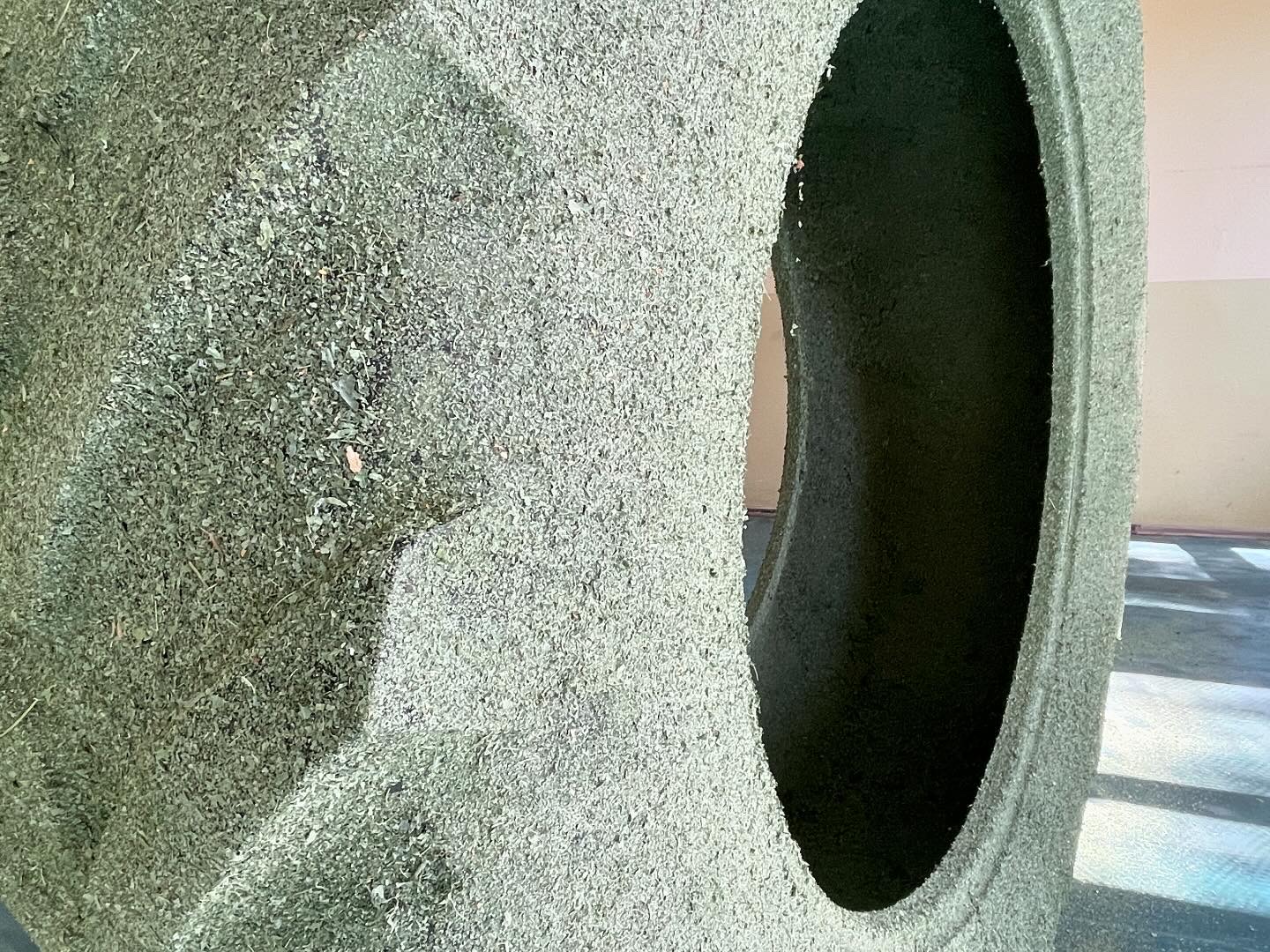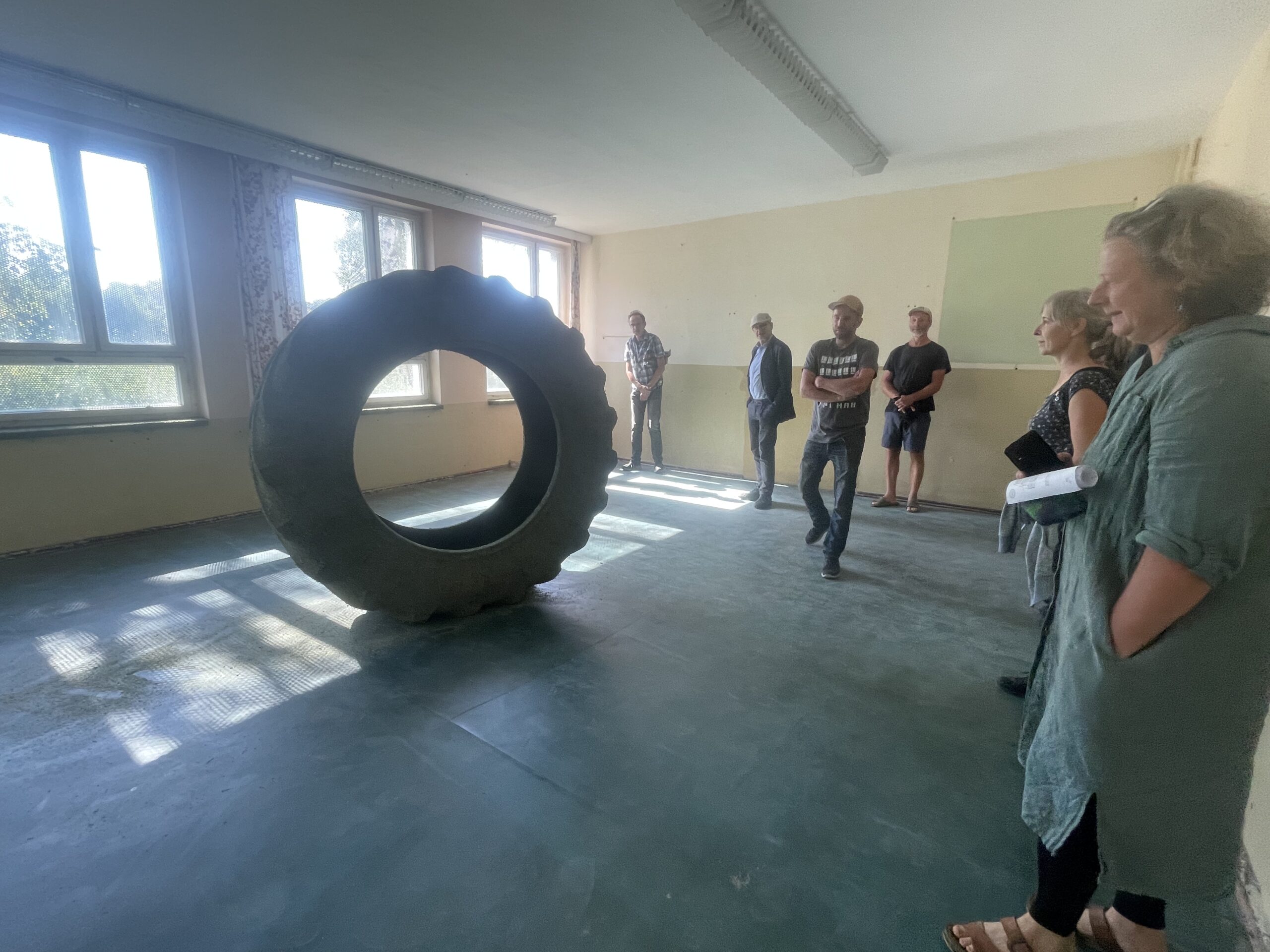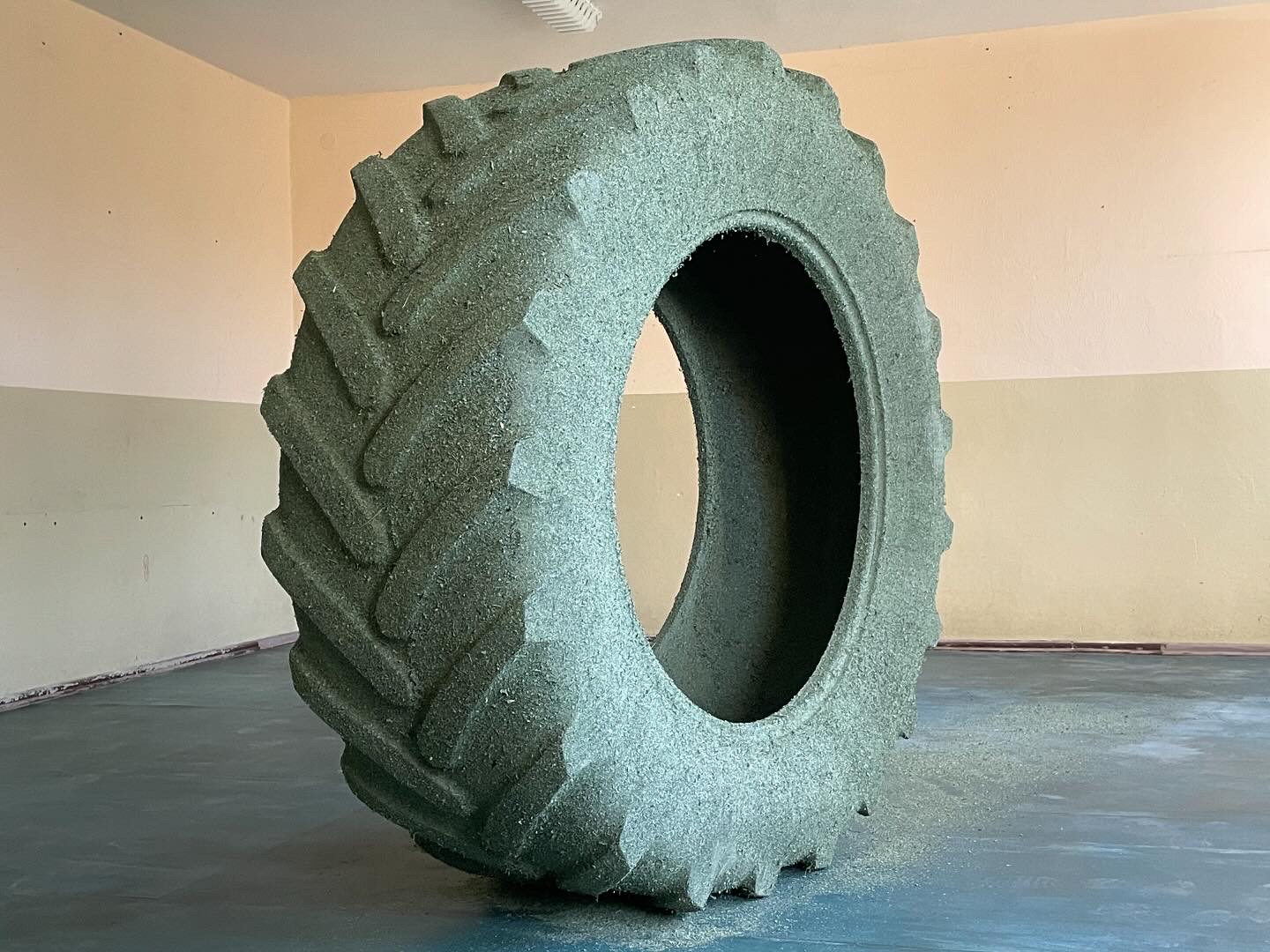
If Paradise Is Half As Nice #14 in Wartenburg, Germany
From August 18 to September 23, I participated in IPIHAN #14, held in an abandoned school in the village of Wartenburg. The presentation took place over the weekend of September 21, during which I introduced a new series titled Umweltfarben. A few works from series can now be viewed on my website, with additional images and details to come soon on the IPIHAN website as well.
This year’s participating artists included Maurice Bogaert, Willem Besselink, Guus Vreeburg, Jette Kelholt, Sofie Doeland, and Mels van Zutphen.
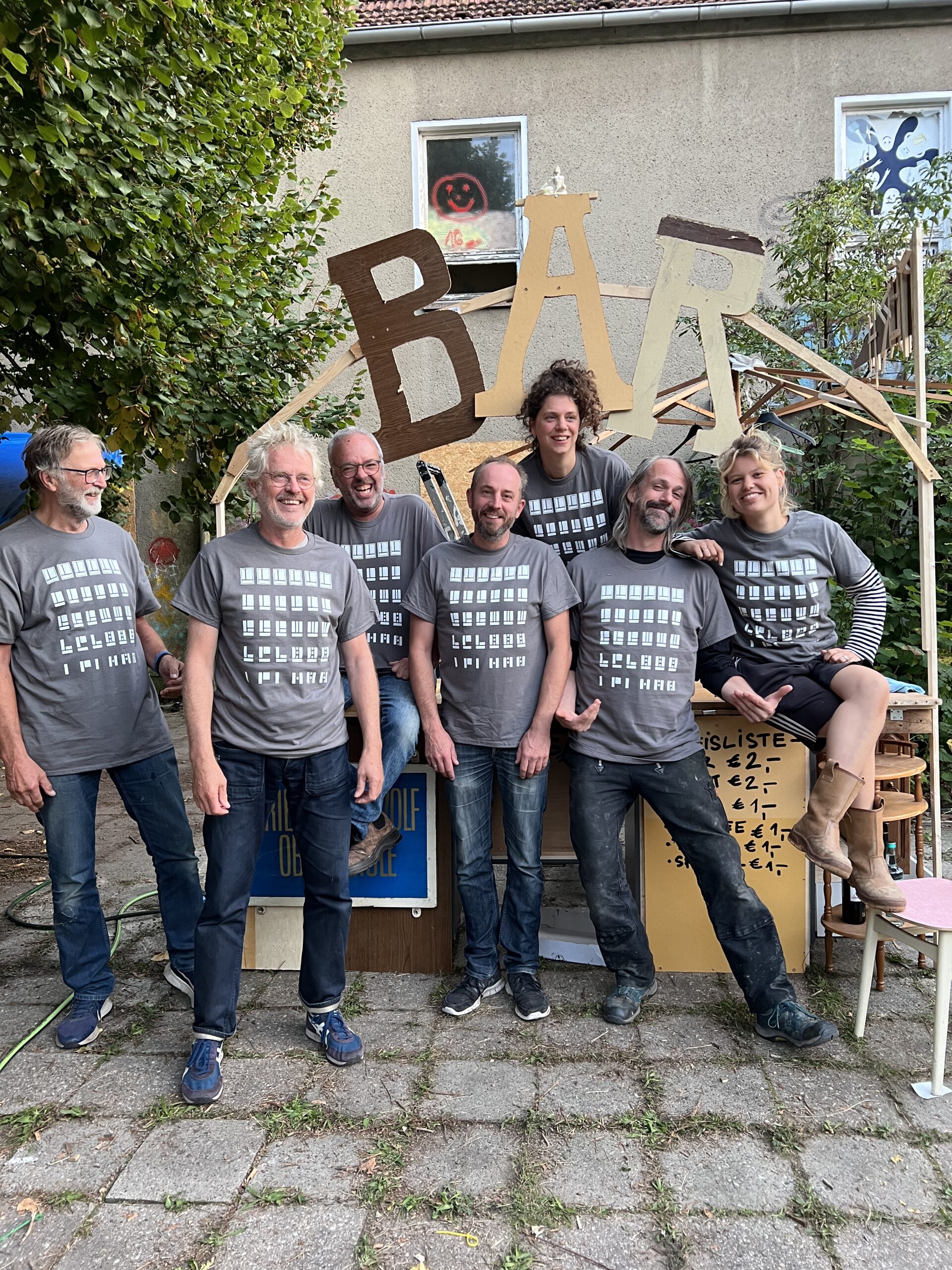
From left to right: Guus Vreeburg, Mels van Zutphen, Maurice Bogaert, Willem Besselink, Sofie Doeland, Ties Ten Bosch, Jette Kelholt.
The abandoned school where we lived and worked for five weeks is located in a small German village along the river Elbe—the same village where I bought an old farmhouse two years ago. Being immersed in this environment, I was inspired by the close relationship between culture and nature here and how they constantly influence each other; the local people adapt to the natural landscape while also shaping it to meet their needs. This shaping often happens in ways that feel traditional or even old-fashioned, evoking a sense of nostalgia. I realized how this resonates with many people in a romanticized way, calling to mind an idealized past—one that perhaps never truly existed.
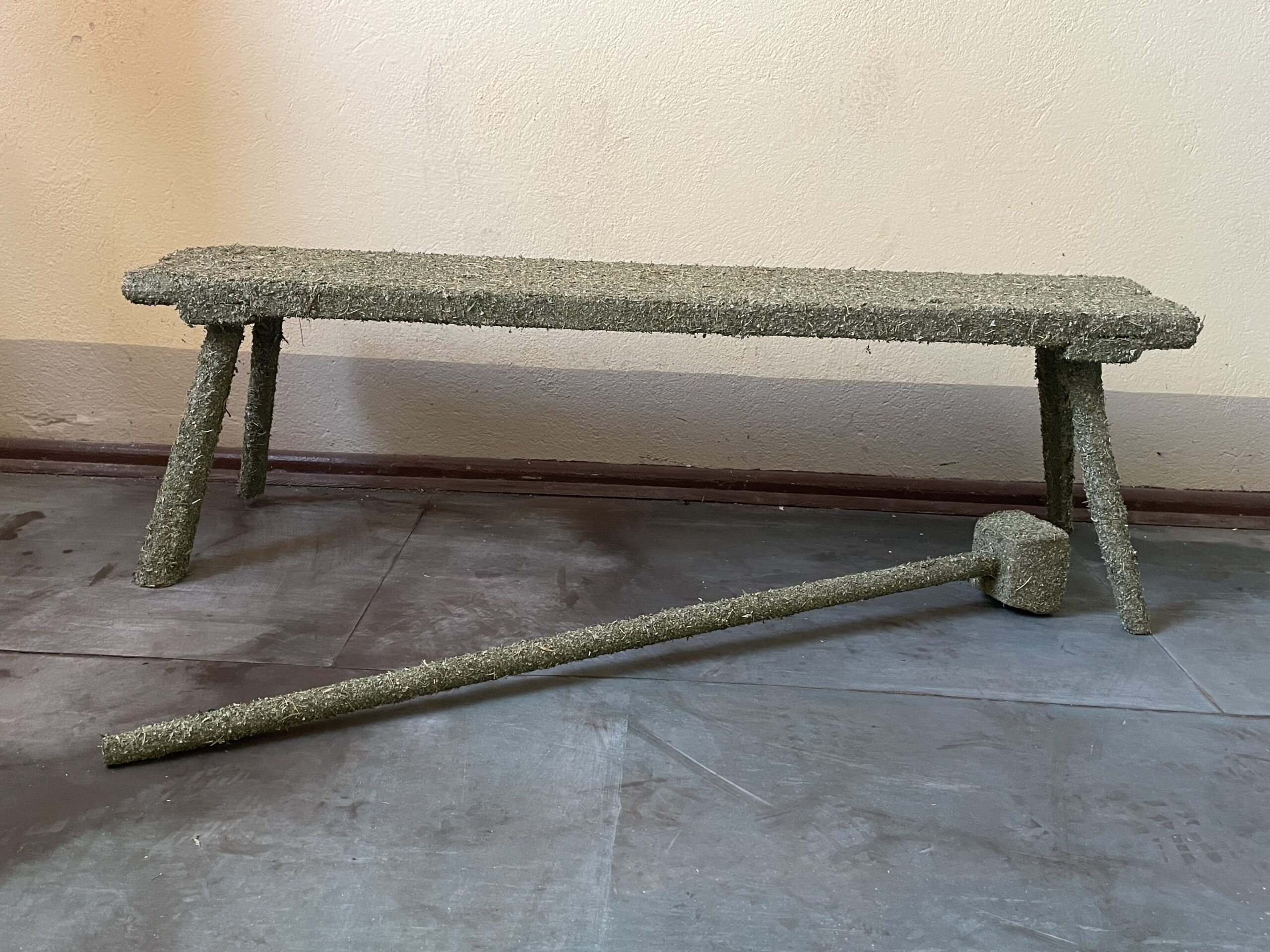
Umweltfarben (Bank mit werkzeug)
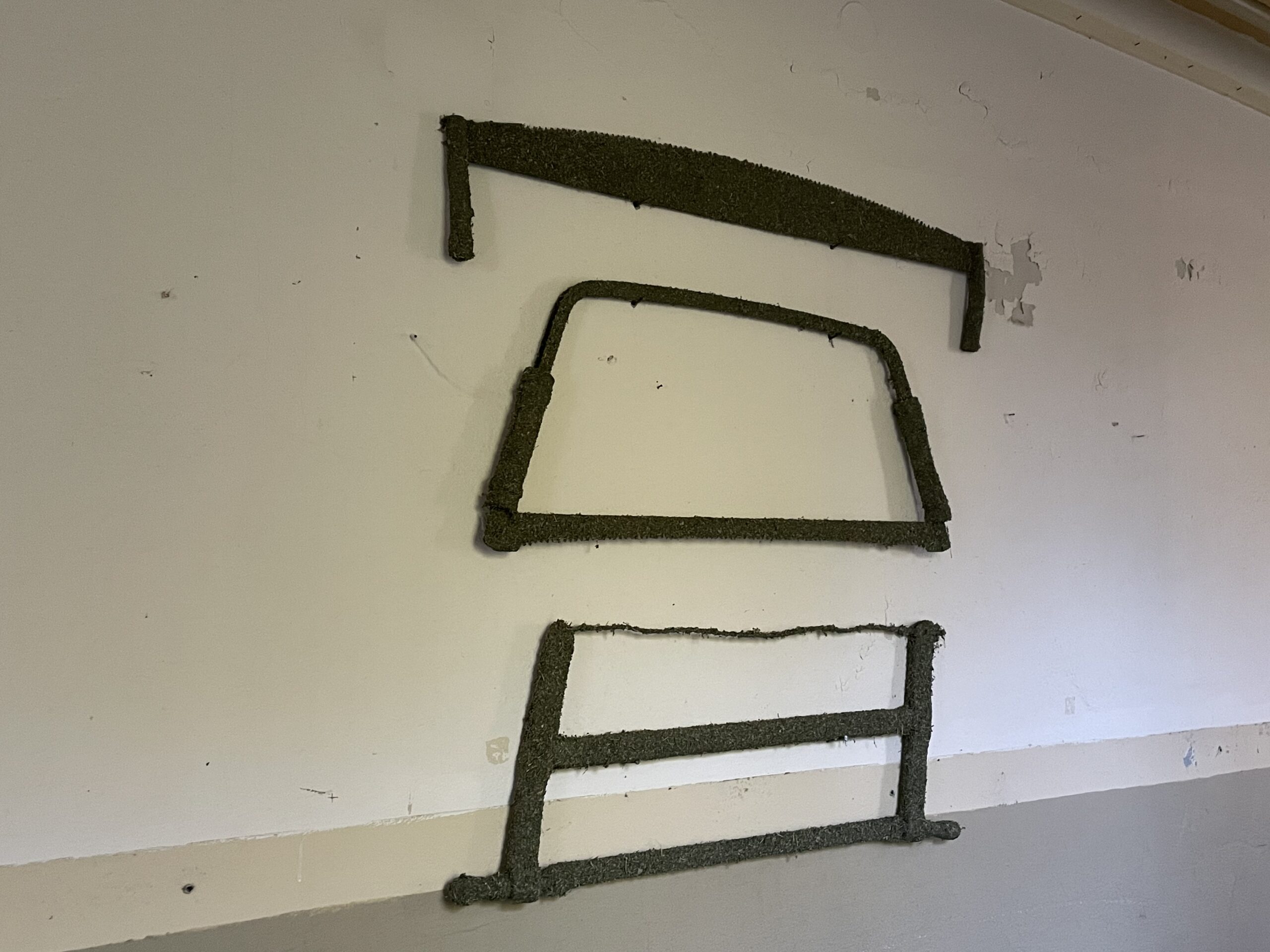
Umweltfarben (3 Säge)
The works all share the title Umweltfarben, a term that connects to the colours of nature. The German word Umwelt, meaning “environment,” translates literally to “the world around”—a phrase I find both poetic and deeply meaningful.
All but one of the pieces in this series are created from agricultural hand tools, generously donated by local villagers. These are mostly older tools, broken or replaced by more modern, motorized versions. I’ve coated each tool in a unique layer of shredded leaves or grass, giving each a distinct natural colour and connecting it back to the environment for where its purpose lies.

Umweltfarben (4 landwerkzeuge)
The IPIHAN project consistently offers me the chance to work on a larger scale and to create site-specific installations. For the 14th edition, I sought to explore these possibilities again, inspired by the subtle ways in which nature has influenced local culture here—especially in the colors chosen for the old school building’s interior, which featured numerous shades of green and brown.
For this piece, I used a large, donated tractor tire from the village, fully covering it—inside and out—with shredded leaves from a single type of tree. Installed upright in one of the old classrooms, the green-coated tire harmonized with the interior’s muted green shades, blending into the space almost like camouflage. Despite this harmony, the tire’s massive presence dominates the empty room.
Behind the tire, a faint trail of green leaves suggests its movement into the room, as if it left its own natural marks upon arrival. This track hints at a larger story that began before and may continue after this moment, inviting viewers to interpret and imagine their own narratives within the scene.
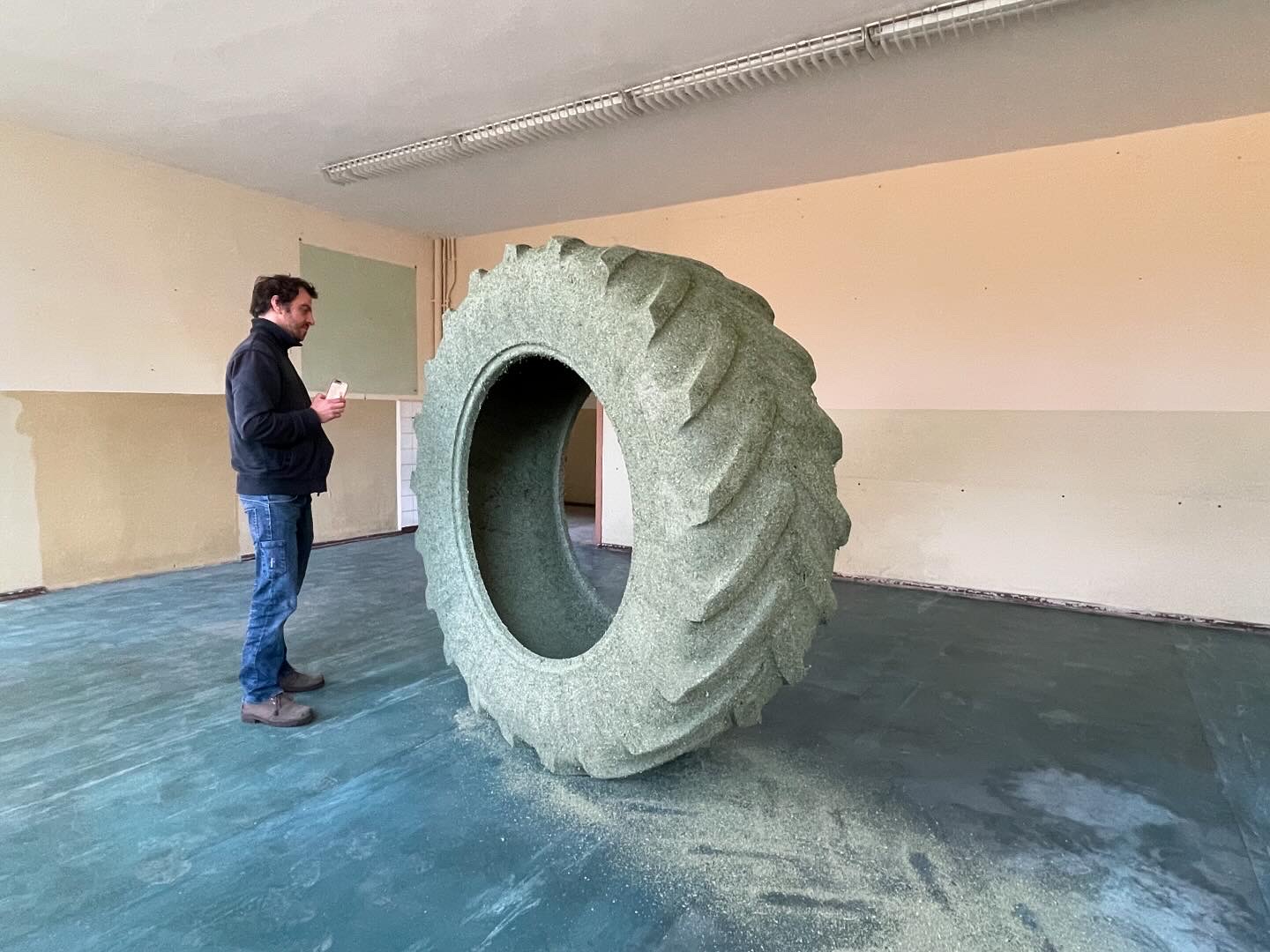
Umweltfarben (Traktorreife)
